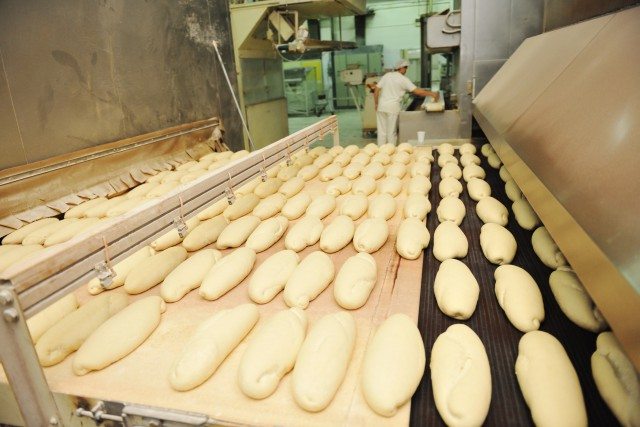Sturdy, lightweight carbon foam has many structural and insulating applications in aerospace engineering, energy storage and temperature maintenance.
Current methods to create this material run into difficulties when trying to make the product strong, lightweight, environmentally friendly and low-cost.
Now, a group reports in the American Chemical Society’s Applied Materials & Interfaces a method to produce such a carbon foam by using super-toasted bread.
Carbon foams have a three dimensional network that allows them to be lightweight, tolerant of high temperatures and adjustable in their thermal and electrical properties.
Many materials, such as graphene sheets — two dimensional layers of carbon atoms — and biomass such as banana peels can be used to make these foams, but they are not very stable, are costly to make or have varied inner structures that cannot be adjusted.
Yibin Li, Qingyu Peng and fellow researchers from Harbin Institute of Technology, China, set out to develop a low-cost, green method to produce a strong, tunable carbon foam.
Using a bread recipe as a guide, the group began by mixing flour, yeast and water, then kneading and baking the dough.
The researchers then used a laboratory tube furnace under argon gas conditions to carbonize the product into a hard foam.
They tested the foam using several spectroscopy methods and found that it is mechanically stiff, can shield against electromagnetic interference and is much less flammable than current carbon foams.
Importantly, this cheap, easy-to-make foam’s inner pore structure can be tuned by changing the amounts of yeast and water, which would allow it to be used for a variety of different applications.
The researchers acknowledge funding from the National Natural Science Foundation of China, the Ministry of Education of China, the Fundamental Research Funds for the Central Universities and the China Postdoctoral Science Foundation.










